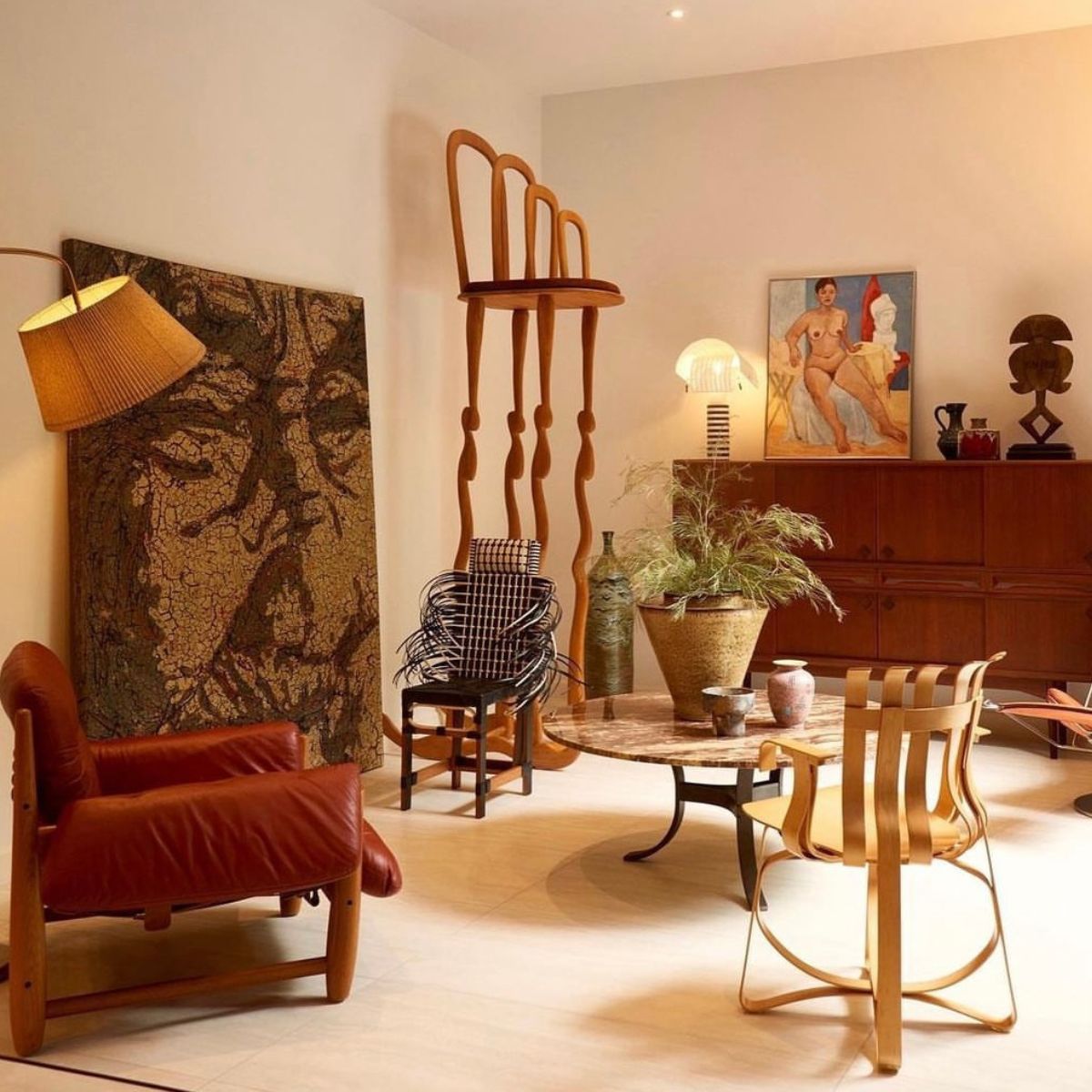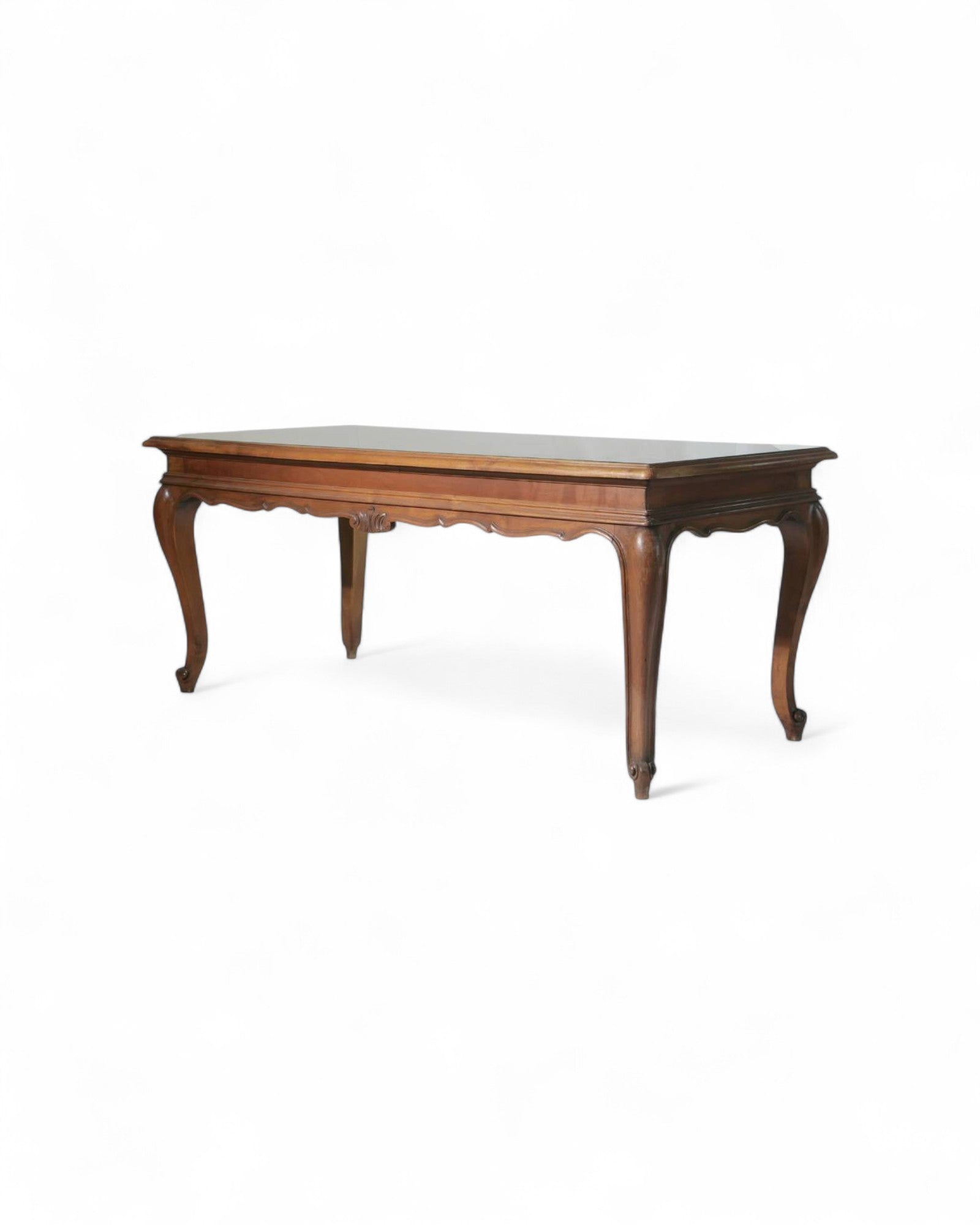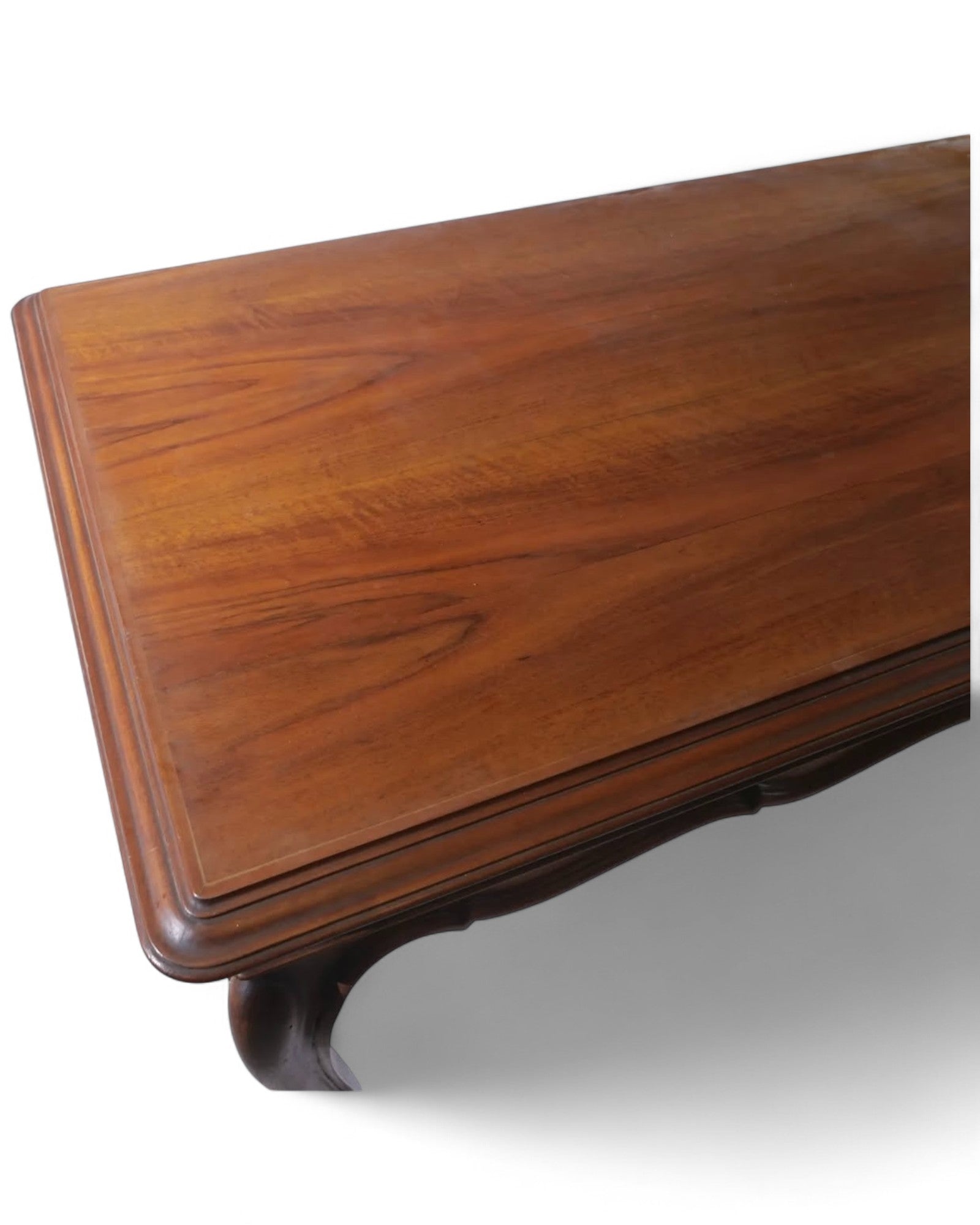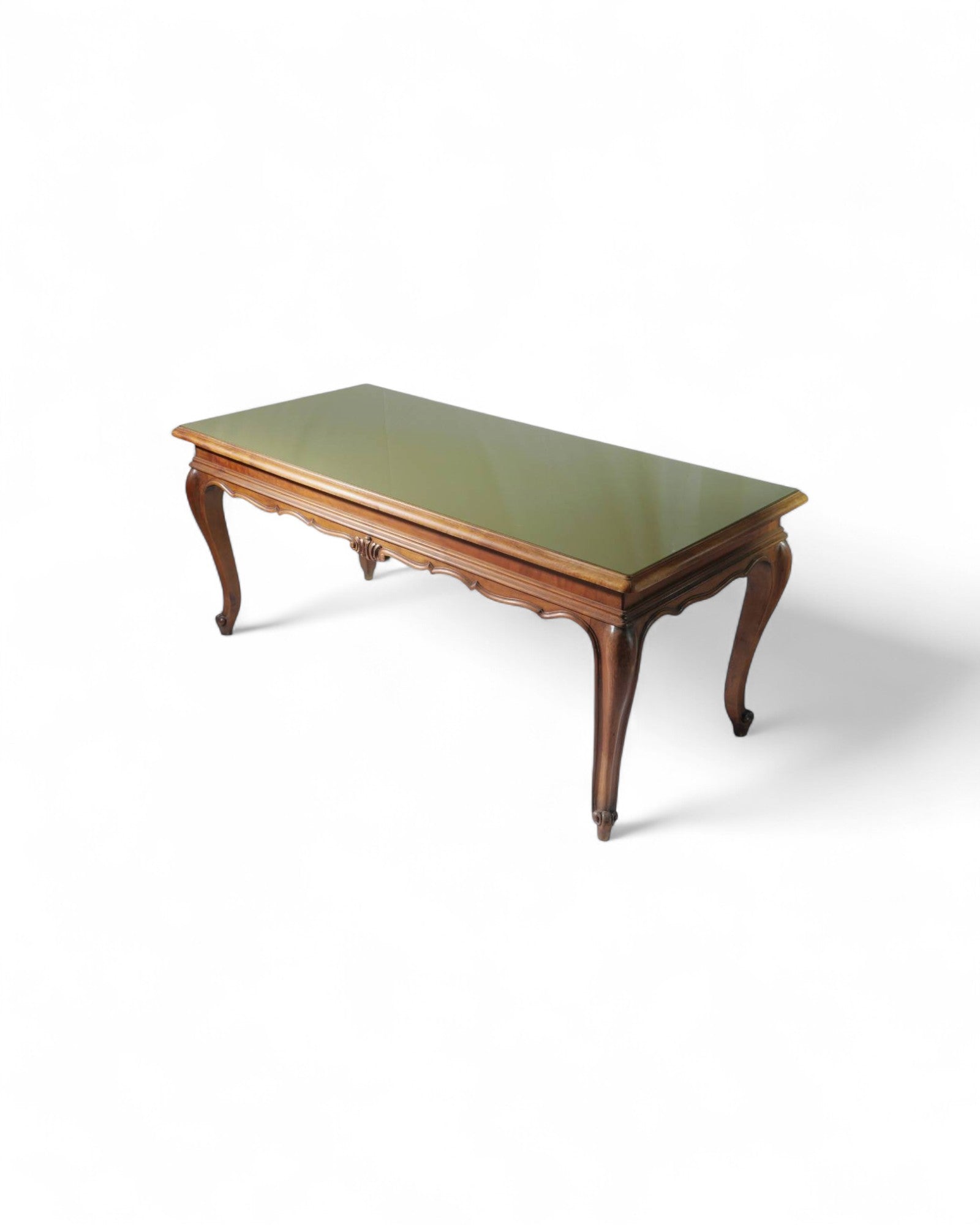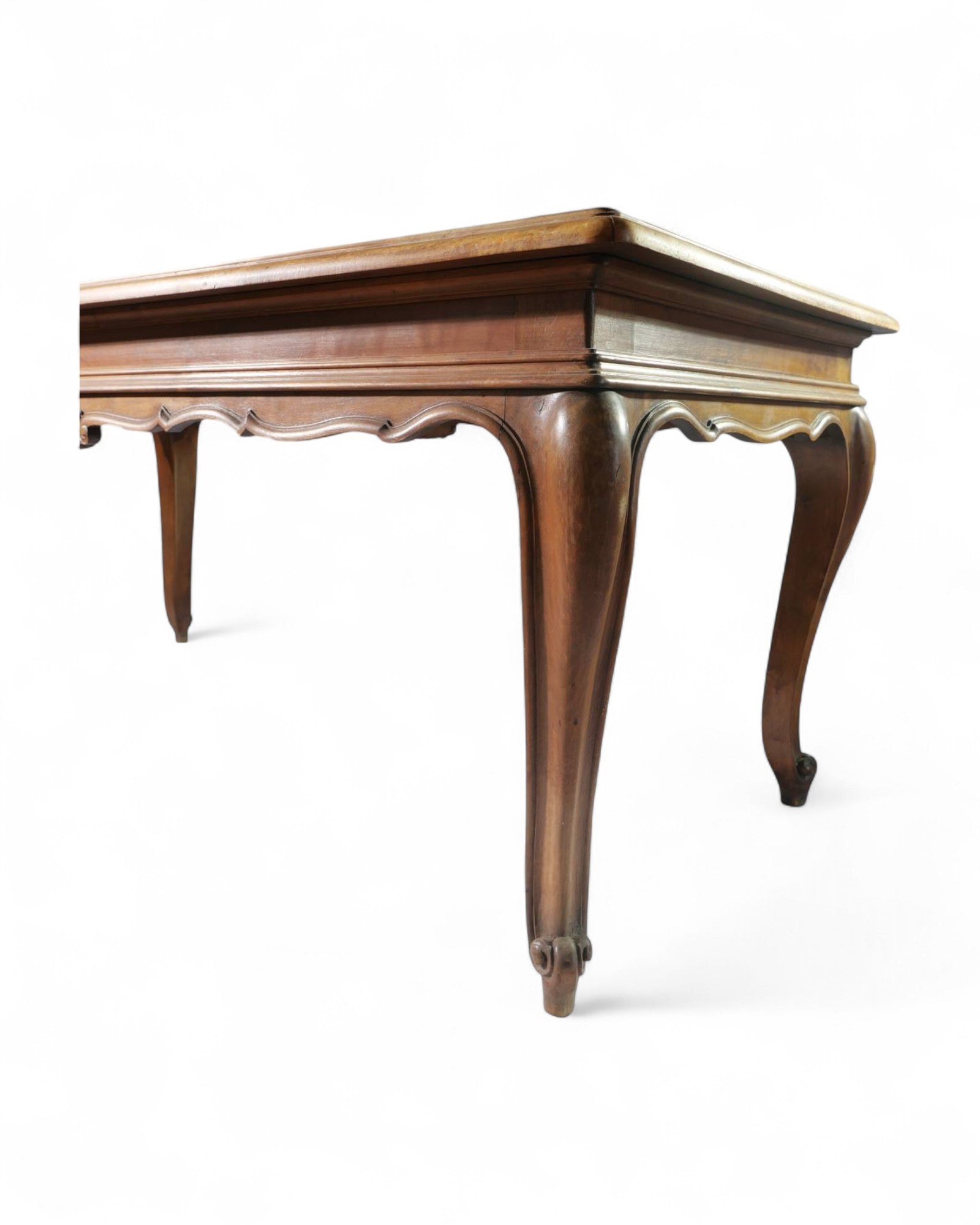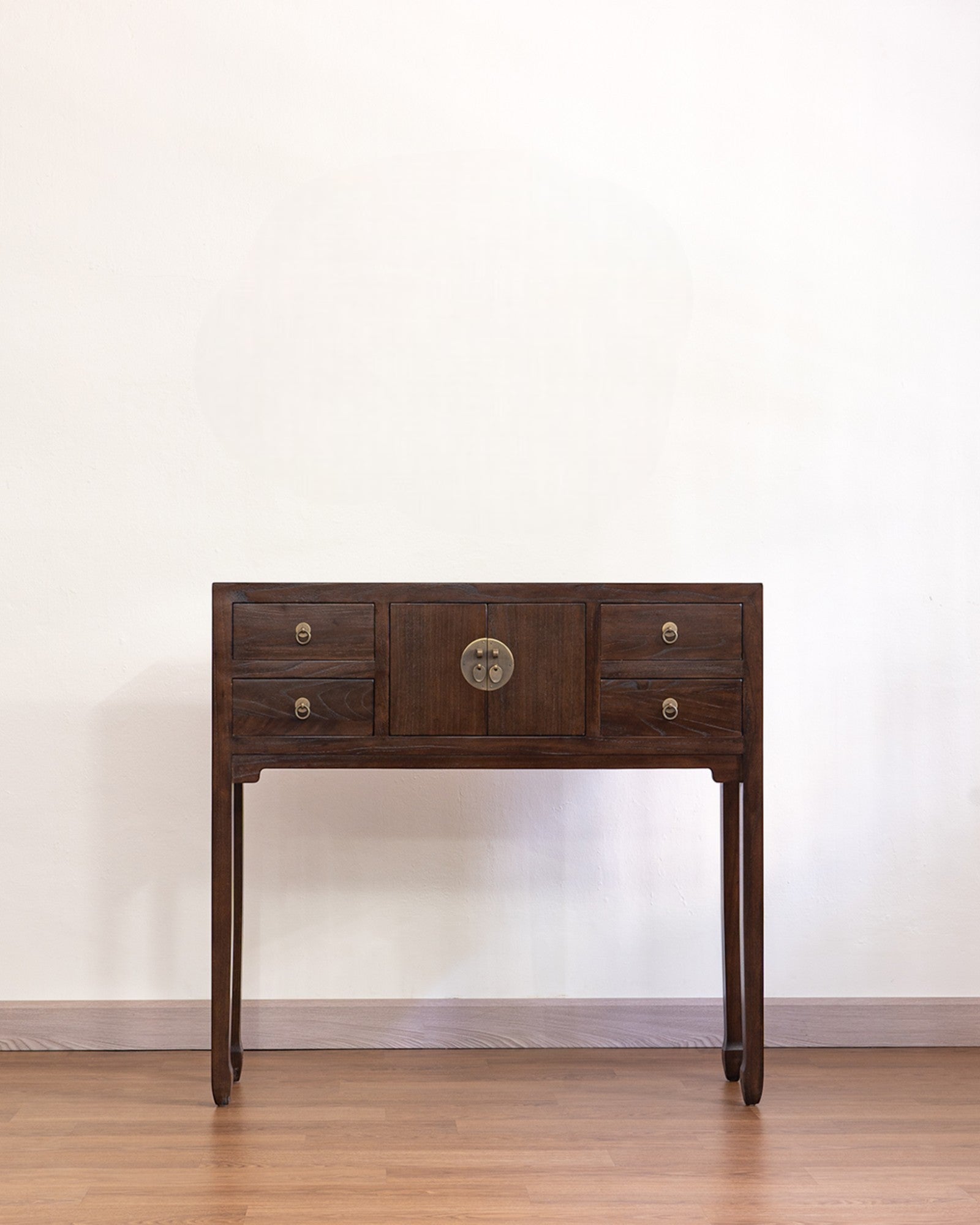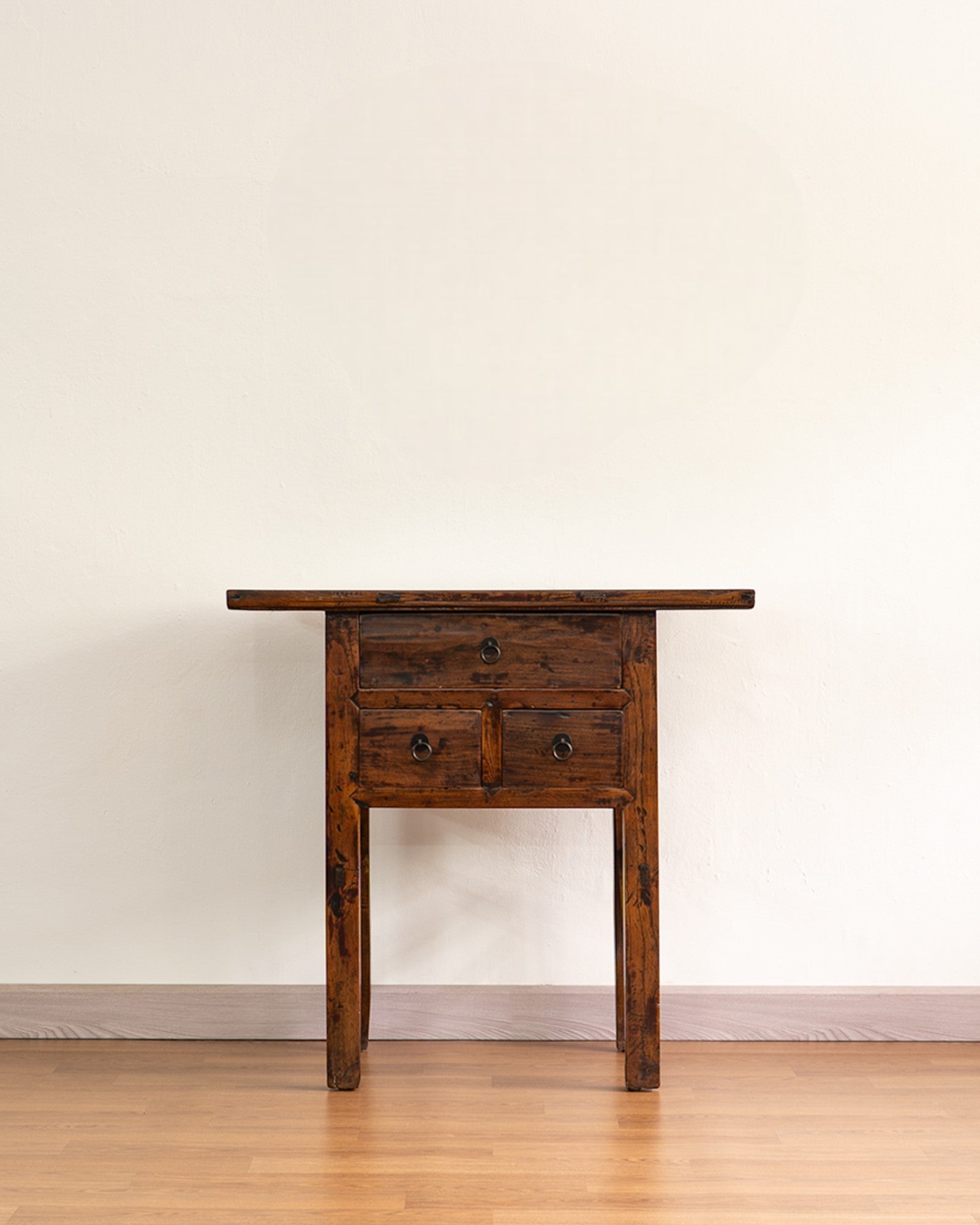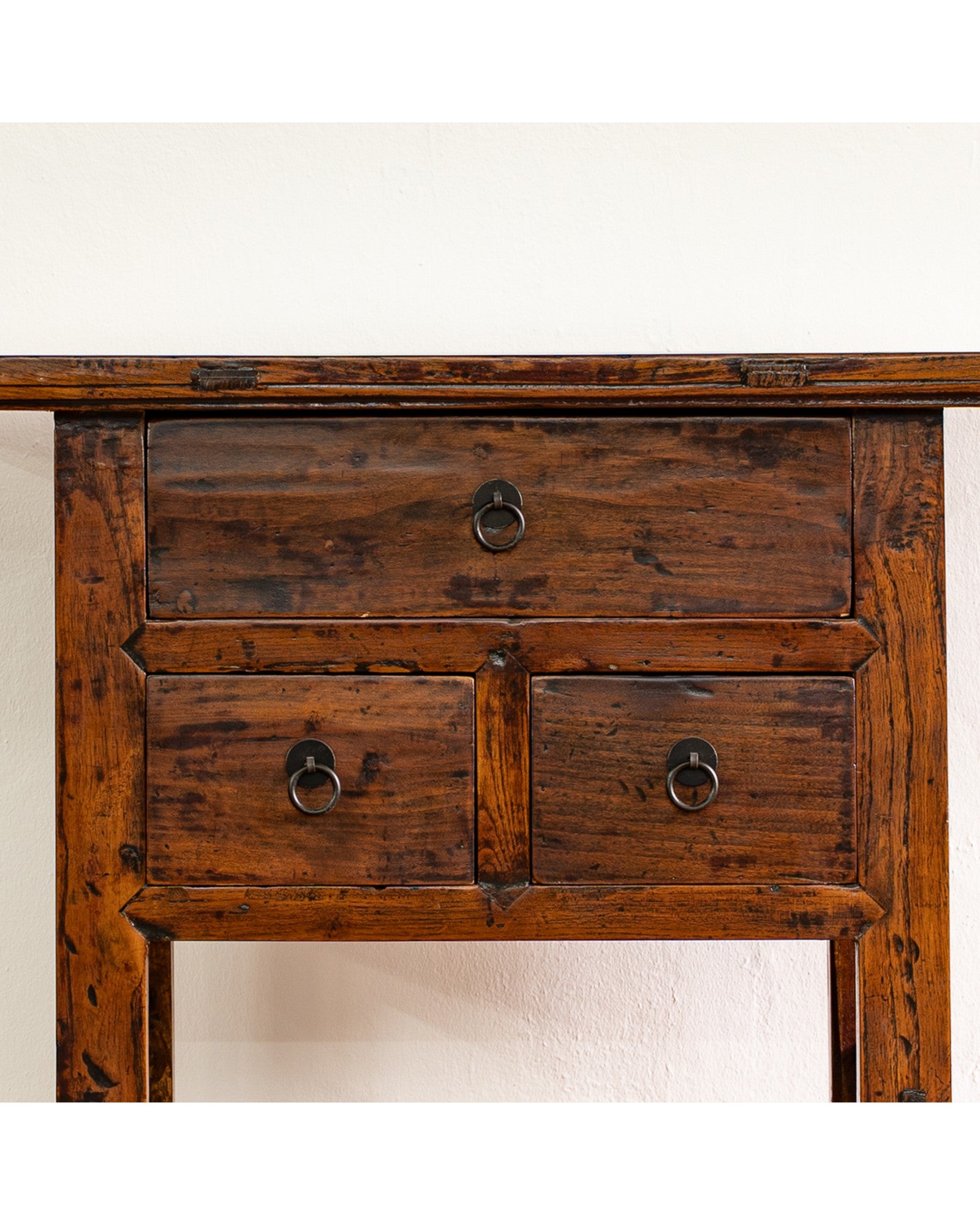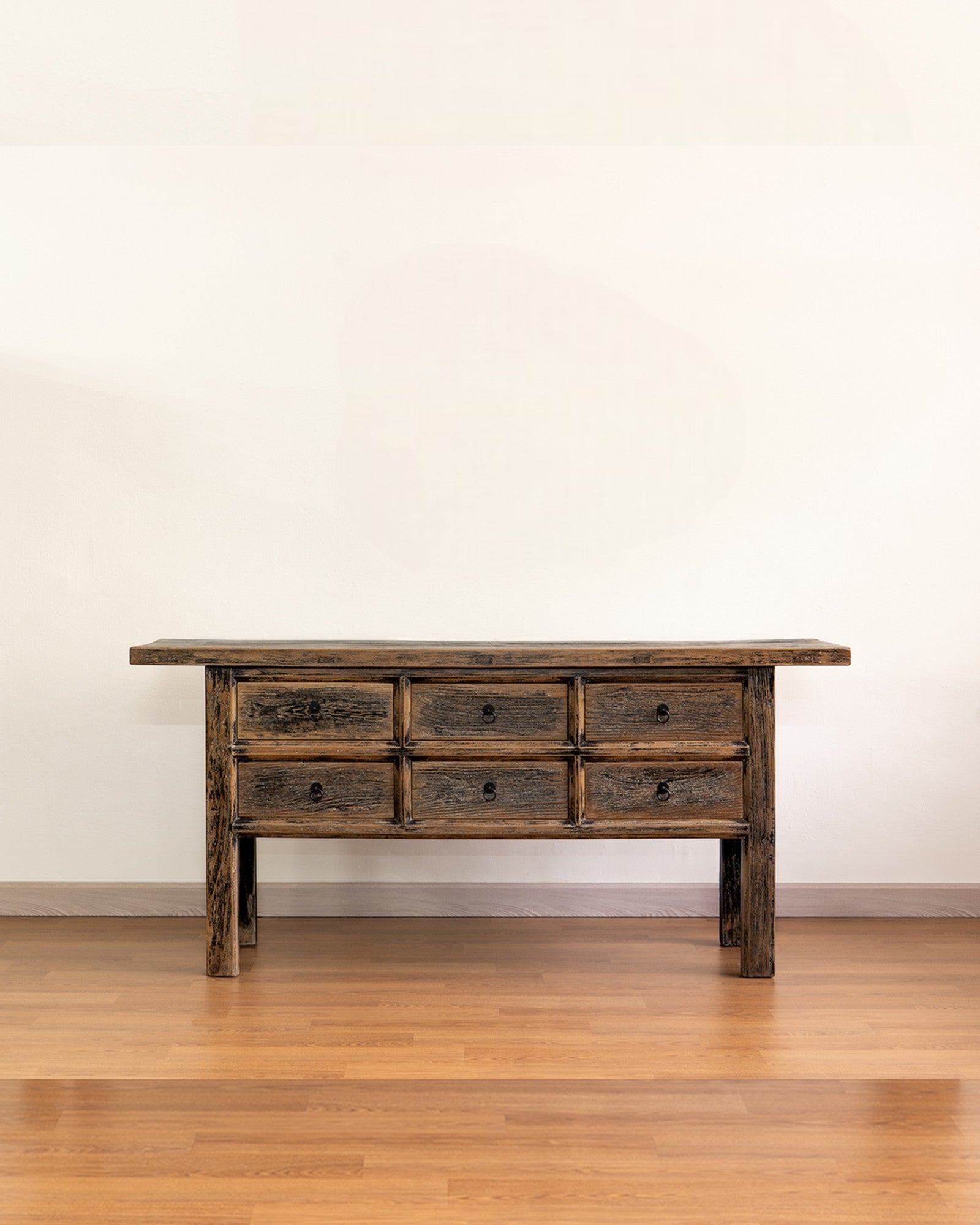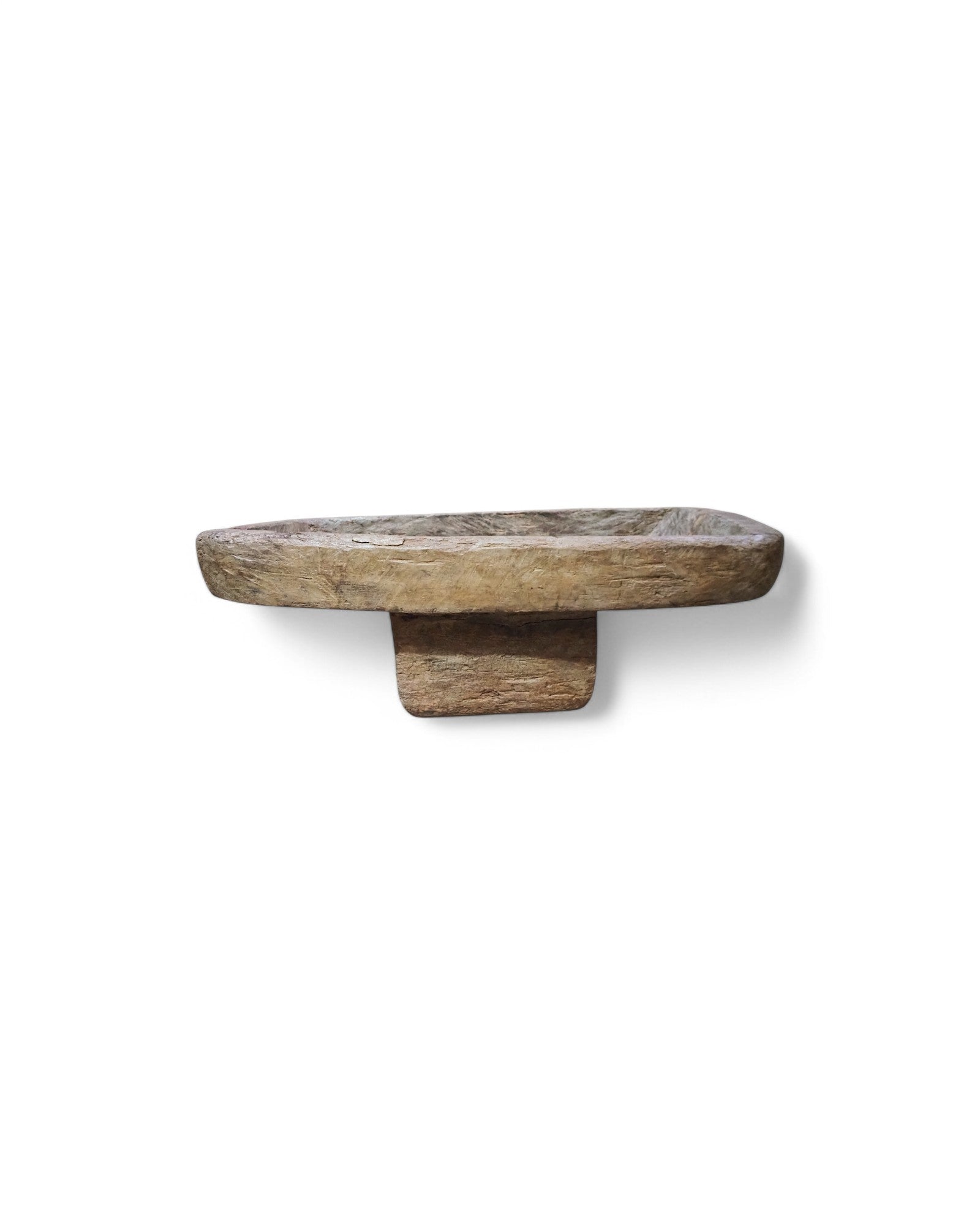
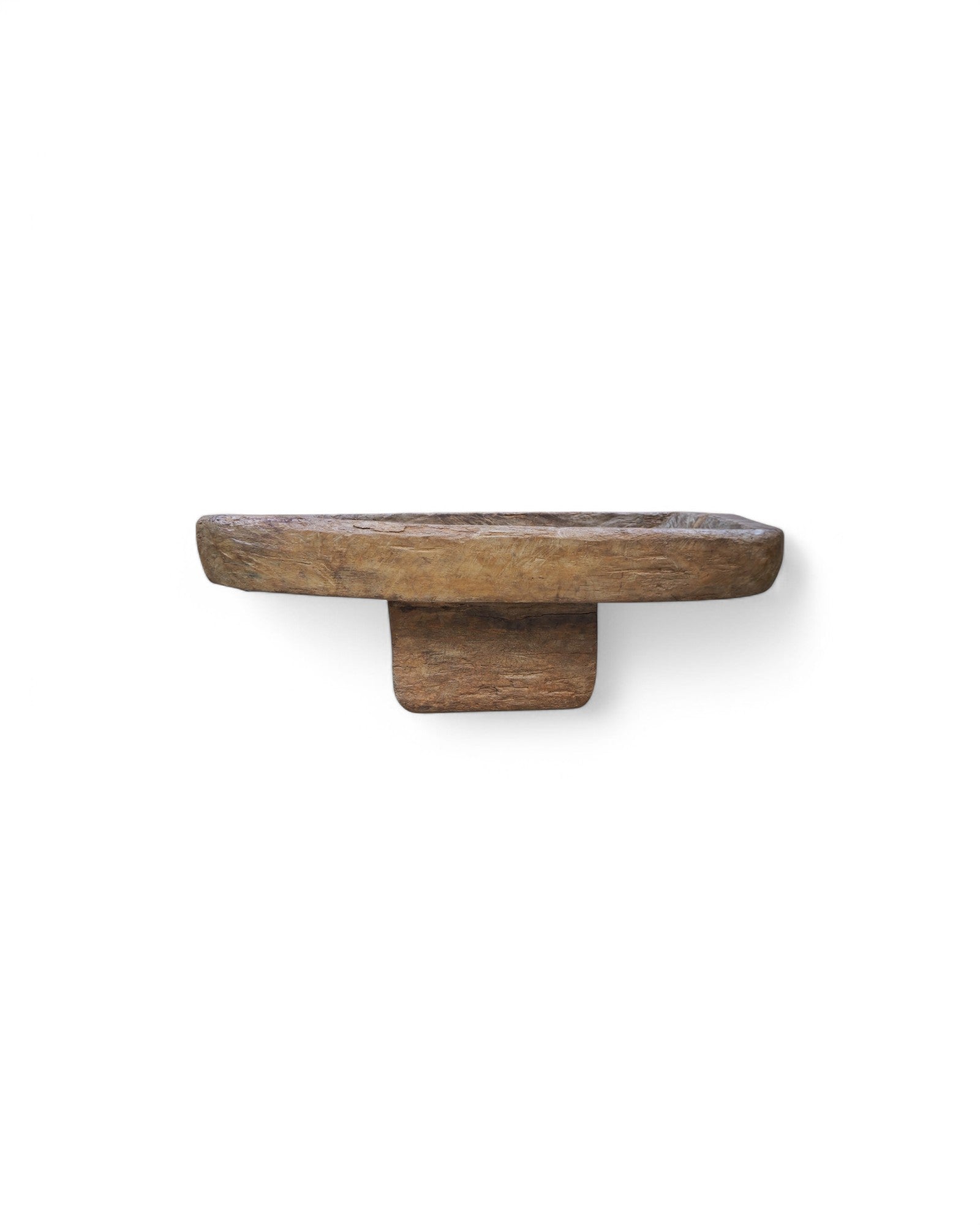







1920s Low Wooden Rice Grinding Table
If You Live Outside Thailand, Choose ‘Request Shipping Quotation’
We’re committed to quality and customer satisfaction. Please review our Return Policy.
See Details
Rates vary by destination and complexity.

1920s Low Wooden Rice Grinding Table
Sale price47,100.00 THB
About
1920s Low Wooden Rice Grinding Table
Dimensions (LxWxH)
Place of Origin
Period
Colour
Category
Condition
Materials & Techniques
Defects & Marks
Have Any Questions About This Item?
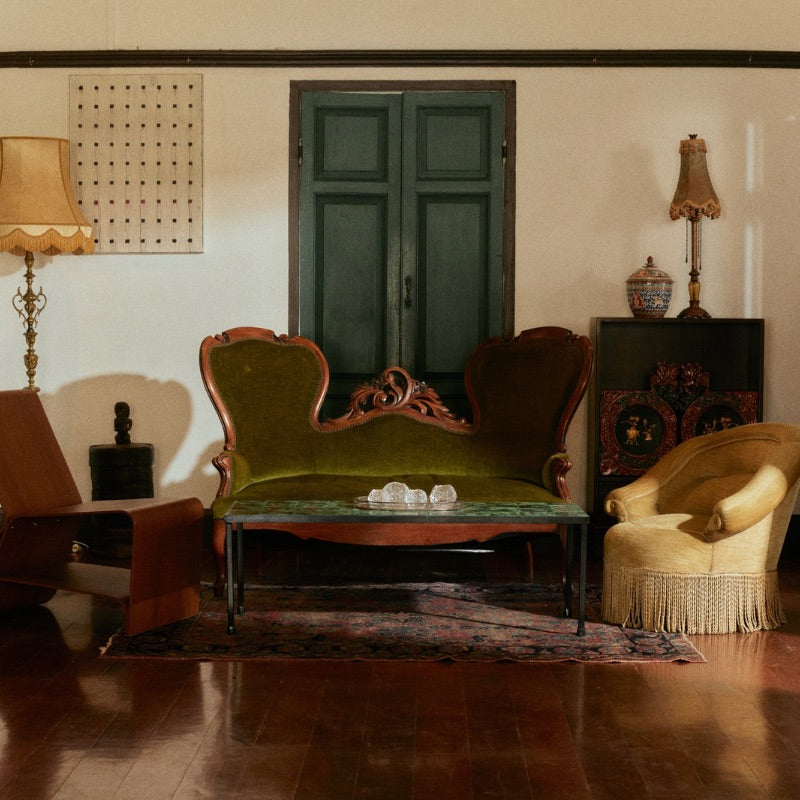
Flea Market
Shop More This Style
Flea Market
Italian Solid Walnut Louis XV Dining Table
Sale price52,860.00 THB
Flea Market
Italian Solid Walnut Louis XV Dining Table with Green Glass Top
Sale price58,420.00 THB
Yesterday Once Again
Lady Table Mini - Reproduction
Sale price16,000.00 THB
Yesterday Once Again
Chinese Antique Three Drawers Table
Sale price20,010.00 THB
Yesterday Once Again
Newly Made Rustic Fir Wood Console Table
Sale price40,020.00 THB
Yesterday Once Again
Newly Made Curved Legs Coffee Table
Sale price24,720.00 THB

